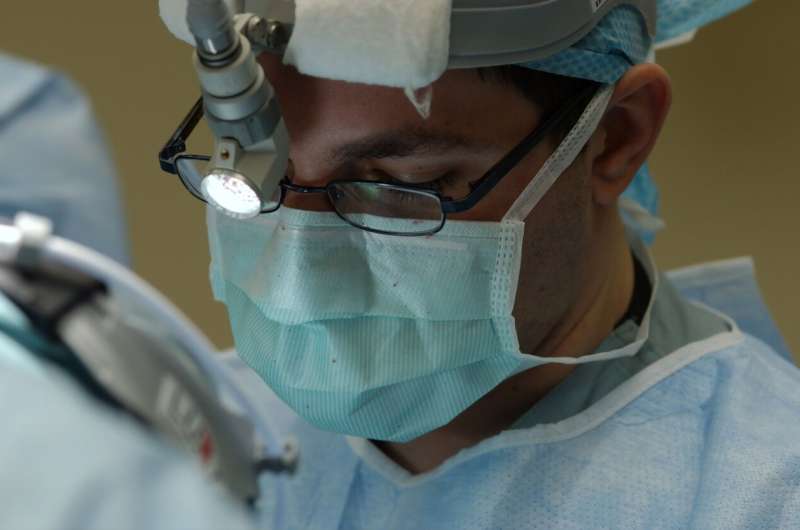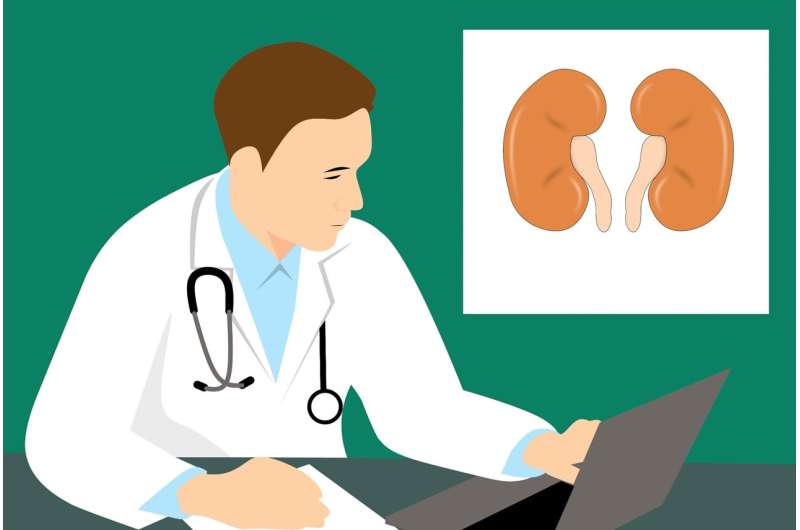What Ever-Growing Incisors Reveal About Genetic Disorders

A groundbreaking study reveals how the study of ever-growing incisors in rodents can enhance our understanding of genetic craniofacial disorders and dental development, offering potential new avenues for diagnosis and treatment.
Teeth are often perceived as static features in our body, but recent collaborative research between engineers and healthcare professionals is uncovering their dynamic and informative nature—particularly how they can provide insights into genetic diseases. A study published in ACS Applied Materials & Interfaces showcases how teeth, as complex biological materials, can serve as valuable indicators of rare craniofacial disorders developing in childhood.
The research team, led by Assistant Professor Kyle Vining at Penn Dental Medicine, utilizes a multidisciplinary approach combining materials science, mineralogy, and genetics. They focus on rodent models, especially mouse incisors, to analyze enamel and dentin properties without the need for extracting human teeth. This innovative method leverages advanced tools like nanoindenters—originally used in geology—to measure enamel hardness, elasticity, and mineral content through techniques like electron microscopy, Raman spectroscopy, and energy dispersive spectroscopy.
Importantly, their work bridges the gap between physical properties and the biological processes underlying tooth development. By studying these properties, scientists attempt to understand how genetic disorders influence tooth formation, which can ultimately aid in identifying and treating craniofacial syndromes as well as common dental issues like cavities.
A crucial aspect of their research addresses how teeth mineralize, a process vital to their development. Using tools borrowed from geology, the team investigates how mineralization occurs in enamel—an area still not fully understood. The insights gained may lead to clinical applications, such as improving diagnostic techniques or developing new materials for fillings that better prevent decay.
This research not only enhances scientific understanding but also symbolizes a shift towards more collaborative, interdisciplinary approaches in healthcare. It demonstrates how materials science can uncover new pathways in diagnosing and treating dental and craniofacial conditions, emphasizing the importance of studying teeth from multiple perspectives. Ultimately, these findings may pave the way for early detection and targeted interventions for genetic craniofacial disorders, improving patient outcomes.
For more information, see: Jiang et al., Multimodal Characterization of Rodent Dental Development, ACS Applied Materials & Interfaces, 2025.
Source: https://medicalxpress.com/news/2025-07-incisors-genetic-disease.html
Stay Updated with Mia's Feed
Get the latest health & wellness insights delivered straight to your inbox.
Related Articles
Emerging Evidence on Blood Thinner Use Following Coronary Stenting
New research from the ESC Congress 2025 examines the safety and effectiveness of early aspirin withdrawal and P2Y12 inhibitor monotherapy after coronary stenting, highlighting potential benefits in bleeding reduction without significantly increasing ischemic risk.
Texas Experience a Rising Measles Outbreak with Six New Cases and No Additional Counties Affected
Texas's measles outbreak has grown by six new cases, totaling 728 infections, with no new counties affected. Vaccination remains key to containment.
Study Finds Similar Smoking Initiation Risks for Vaping Teens and 1970s Peers in the UK
A pioneering UK study shows that vaping teenagers are as likely to start smoking as their counterparts in the 1970s, raising concerns about reversing declines in youth smoking rates.
Updated Guidelines on Kidney Health: Managing Potassium and Phosphorus Additives
The ASN releases new Kidney Health Guidance highlighting strategies to manage potassium and phosphorus additives in kidney disease, aiming to improve patient nutrition and health outcomes.



